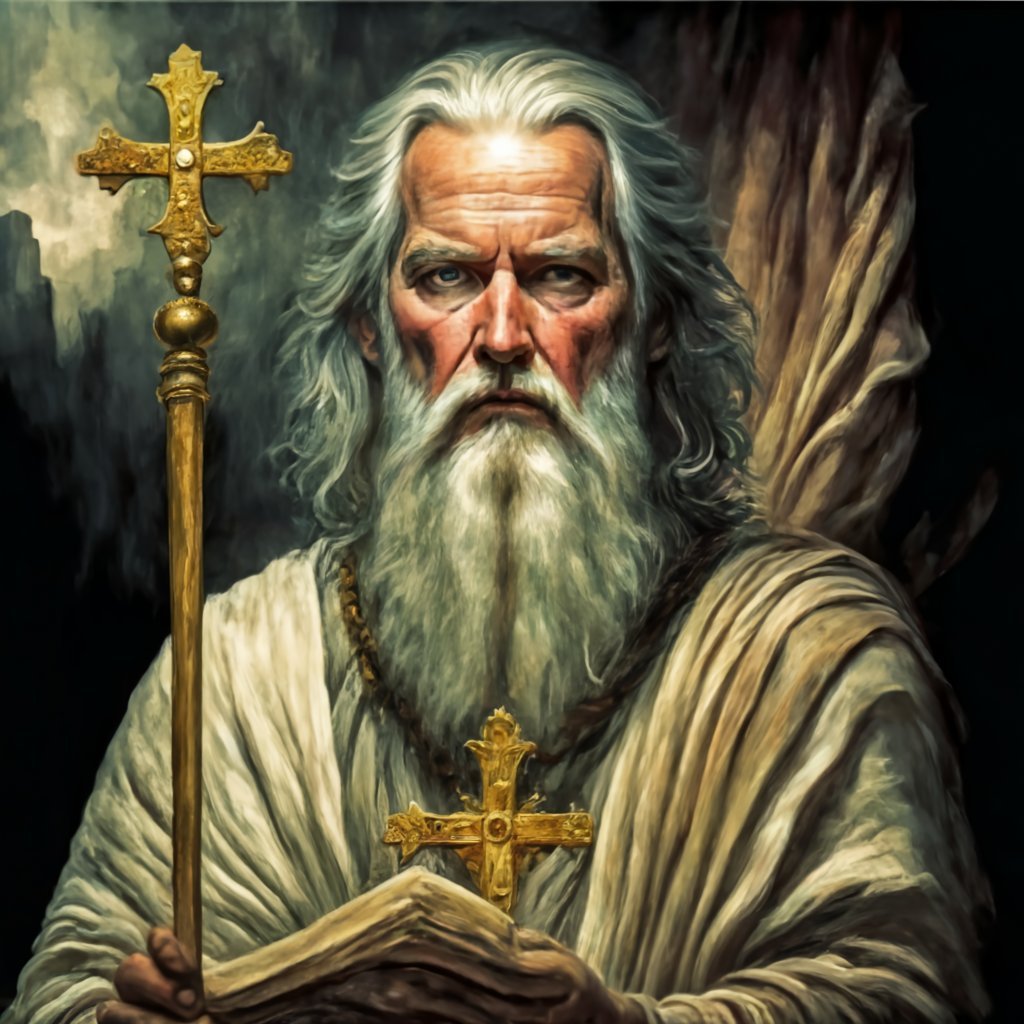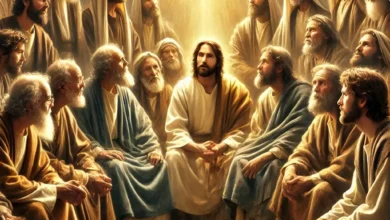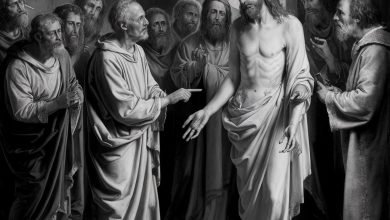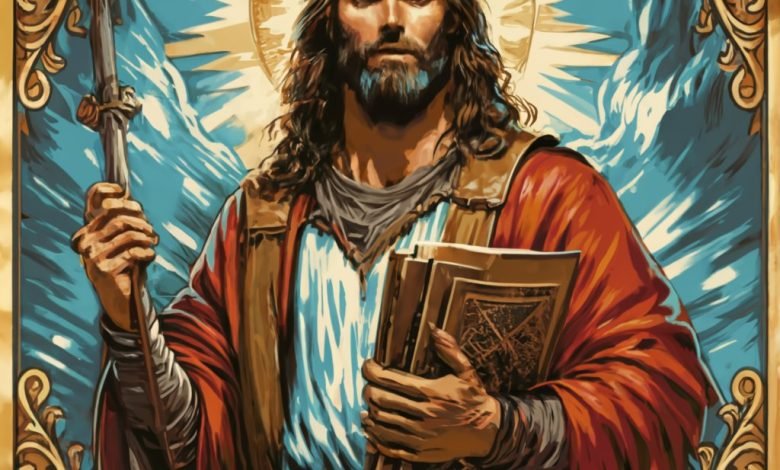
Who was Simon the zealot and what was his role in the Bible?
Simon the Zealot was one of Jesus’ most trusted men. He also had a controversial past that made him an unlikely member of Jesus’ group, especially considering that Jesus had also chosen someone Simon wanted to kill.
Simon the Zealot was one of the apostles of Jesus Christ. He was also previously a member of a radical group of Jewish patriots who sought to overthrow Rome. Explore Simon the Zealot’s story in the Bible and its connection to Christ.
Read more: Who is King James in the Bible and why was he called James the Less?
فرست محتوا
Who was Simon the Zealot?
According to the New Testament, Simon the Zealot is one of the twelve apostles of Jesus Christ. He is mentioned in the lists of apostles in the Gospels of Matthew, Mark, and Luke, as well as in the Acts of the Apostles. The title “Zealot” distinguishes him from Simon Peter, another apostle.
The term “Zealot” refers to a political movement among first-century Jews who sought to overthrow Roman rule in Judea by force. However, Simon’s actual membership in this movement is not definitively known. The title “Zealot” might refer to his passionate nature or his fervent adherence to Jewish faith and ideals rather than membership in a specific political group.
There is little information about Simon the Zealot’s life and activities, both before and after following Jesus. The New Testament does not provide details of his deeds or words. In Christian tradition, it is often said that Simon the Zealot, as an apostle, preached the Gospel in various regions, including Egypt and Persia, and that he was eventually martyred in these lands. However, the details and accounts vary in different Christian sources.
Simon the Zealot is venerated as a saint in various branches of Christianity, and his feast day is celebrated on different dates depending on the religious calendar of each denomination. Like many of the lesser-known apostles, his legacy is mainly based on his connection to Jesus and his role as one of the original twelve apostles.
Where is Simon the Zealot mentioned in the Bible?
In three of the four Gospel accounts, Simon the Zealot is mentioned as one of the 12 chosen disciples of Jesus Christ (Matthew 10:4; Mark 3:18; Luke 6:15). This indicates that he was a member of Jesus’ inner circle and played a crucial role in his mission to spread the Gospel.
As an apostle, Simon became one of Jesus’ closest friends and followers. Like the other apostles, he was present for almost all of Jesus’ teachings and many of his miracles. He also had the privilege of a personal relationship with Jesus, traveling, eating, and conversing with the Son of God daily.
Despite being listed among the twelve apostles, Simon is one of only two apostles who are not individually highlighted in any of the Gospel accounts.
This does not mean Simon the Zealot was any less important. The lack of individual stories about him should not be interpreted as a lack of significance.
Jesus chose each of his apostles for a reason. He anointed them, appointed them as apostles, and gave them the mission to preach and spread the Gospel wherever they went. Each had a role in establishing the future Church (Acts 1:13). These roles may seem different, but Simon was still a valuable part of that ministry.
Why does the Bible call Simon the Zealot?
Ironically, the title given to Simon provides the most information about him. It is important to note that Simon the Zealot was not the only person named Simon among the twelve apostles. There was another Simon who was called “Peter” and was one of Jesus’ closest disciples and inner circle members.
Several other figures in the New Testament are named Simon, who should not be confused with Simon the Zealot:
- Simon the Leper: A man living in Bethany whom Jesus visited (Matthew 26:6; John 14:6).
- Simon of Cyrene: The man forced by the Romans to carry Jesus’ cross (Matthew 27:32; Mark 15:21; Luke 23:26).
- Simon, Jesus’ half-brother: By their mother, Mary (Matthew 13:55; Mark 6:3).
- Simon the Sorcerer: A magician mentioned in the Acts of the Apostles (Acts 8:9).
- Simon the Tanner: A man living in Joppa who hosted Peter for some time (Acts 9:43; 10:6).
Since “Simon” was a common name, it is logical that the New Testament writers would want to distinguish the different Simons, especially among the twelve apostles. Thus, in the Gospels of Matthew and Mark, Simon is identified by the title “Zealot” or “the Zealot.” This title derives from the Hebrew word “kana,” meaning “to be zealous.”
What do we know about the Zealots?
Any proper study of the Bible requires a correct understanding of the historical and cultural contexts in which each book was written. While some features of the first century AD are unique to that time, we also encounter common themes and political issues that the modern Church can relate to.
First and foremost, during Jesus’ time, competing ideologies and political parties influenced the daily lives of Jews in the region. The Jewish historian Flavius Josephus mentions four prominent groups in first-century Judea: the Pharisees, the Sadducees, the Essenes, and the Zealots.
The fourth group, to which Simon was associated, were the Zealots – the most political group among the Jews of that time.
Who were the Zealots?
According to historical accounts, the Zealots were an infamous sect of Jewish patriots seeking to overthrow Roman occupation – often through violence, terror, and political intimidation.
The Zealots were more known for their hatred of Rome than anything else. This enmity towards the Roman occupation of their homeland turned the Zealots into violent extremists with an “insatiable passion for liberty” (Josephus, Antiquities 18.1.6).
However, their zeal for their country and hatred for Rome, which they believed served God, often led them astray. For example, the most extreme among the Zealots would attack Roman soldiers, politicians, and even Jews who had friendly relations with Rome to further their cause. On a larger scale, the Zealots would burn Roman targets across Judea, putting themselves in the crosshairs of the Roman army.
Their founder, Judas of Galilee (not Judas Iscariot), himself from Galilee, led an uprising against Rome in 6 AD. It is not surprising that the Romans were wary of any potential rebellion or future “Messiah” emerging from Galilee since that time.
After the initial rebellion, the Zealots went underground, with members engaging in covert and selective attacks against specific targets. This was the group Simon was part of during its formative years.
Like many of his Jewish compatriots, Simon likely grew up with a deep-seated resentment towards the Roman occupation. At some point in his life, the promise of revolution and participation in overthrowing the Romans became appealing to him. Like many young people today, political activism and zeal for a “cause” gave Simon a sense of purpose and belonging.
Therefore, it is plausible that Simon initially followed Jesus for political reasons. He likely believed that Jesus was the revolutionary leader who would eventually unite the Jewish people in an open revolt against the Romans. However, Jesus was not such a Messiah, something Simon the Zealot would eventually realize.
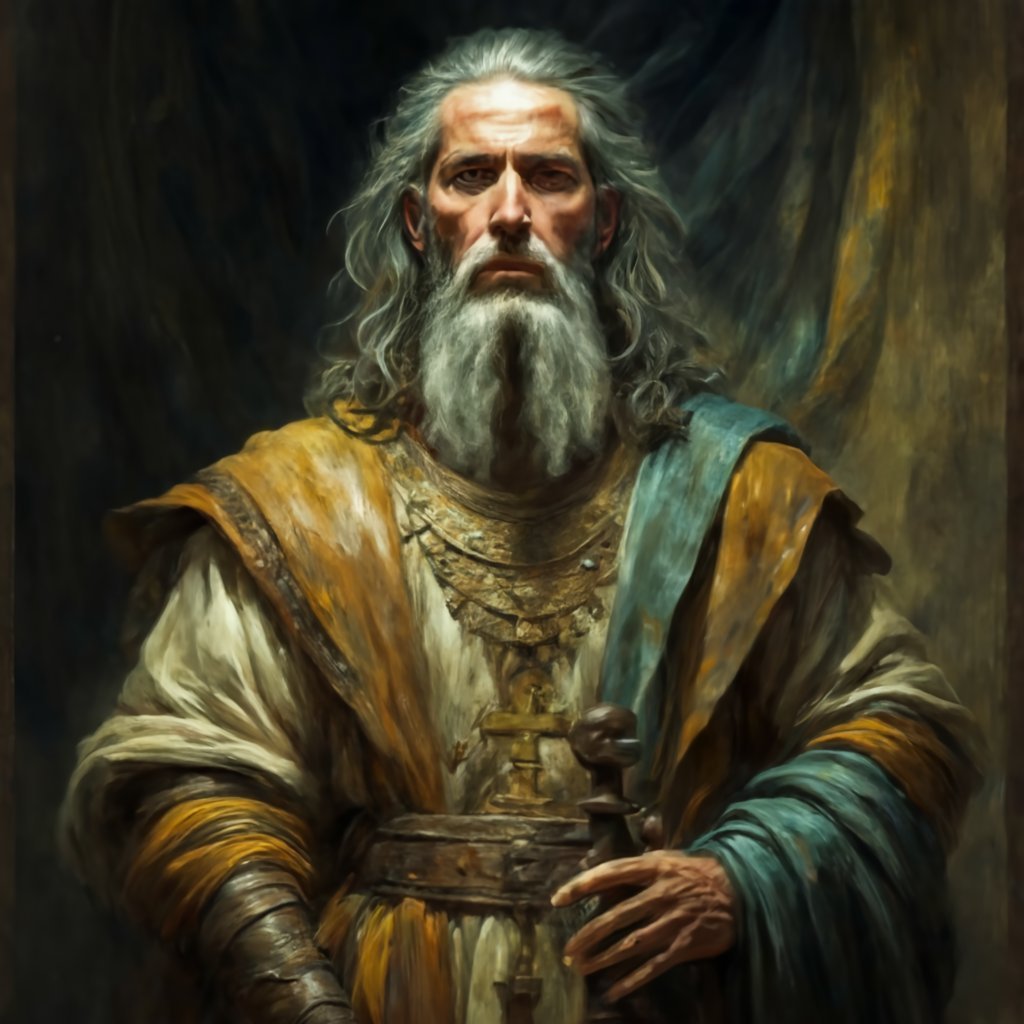
What can we learn from having a Zealot and a tax collector among Jesus’ disciples?
The twelve men Jesus chose for his close companionship were neither highly educated nor particularly suited for religious service at the time of their call. None of them possessed great wisdom or eloquence. They were not cultural luminaries, religious elites, or academic elites. They were completely ordinary men. However, the twelve men Jesus chose for his close companionship and as the foundation of his Church were living proof of how God could equip and empower ordinary individuals for His Kingdom.
However, Jesus went beyond calling an unlikely group of strangers to follow Him. He also sought to build a community of individuals with completely different and sometimes conflicting personalities.
Nowhere is this clash of personalities more evident than in the reputation of individuals like Simon the Zealot and Matthew the tax collector.
As their titles suggest, first-century tax collectors (or “publicans”) like Matthew were officials employed by the Roman Empire to collect taxes on property and income, duties on imports and exports, and nearly every good transported on Roman roads. While some of their duties were legitimate, tax collectors, known for their unscrupulousness, were notorious for defrauding their neighbors and collecting more taxes than necessary.
For these reasons, tax collectors were despised by their people and considered traitors to the nation.
Befriending a swindler like Matthew and accepting him as a disciple would not have boosted Jesus’ reputation in the eyes of the Pharisees. However, Matthew was not the only socially undesirable character among Jesus’ followers.
No group despised tax collectors more than the Zealots. The Zealots would frequently attack, harass, and even target tax collectors for assassination. Unfortunately, since tax collectors were so despised, the Jewish people’s enmity towards them raised no concern. Many people felt tax collectors deserved their fate.
By calling Matthew, the tax collector, and Simon, a Zealot, as his disciples, Jesus created a community of individuals from completely different backgrounds. Those who were once sworn enemies were called to follow Jesus and become brothers working together to build the Church and spread the Gospel. Jesus, Simon, and Matthew encountered something entirely different from what the world and their professions had promised them.
For Simon, Jesus brought true and lasting peace. For Matthew, Jesus offered abundant grace and redemption. In Christ, these disciples found true purpose and perhaps, for the first time, encountered their true identity.
As Christ worked to reconcile the hearts of humans with the Father, former enemies and political adversaries were also reconciled through Christ’s work on the cross.


